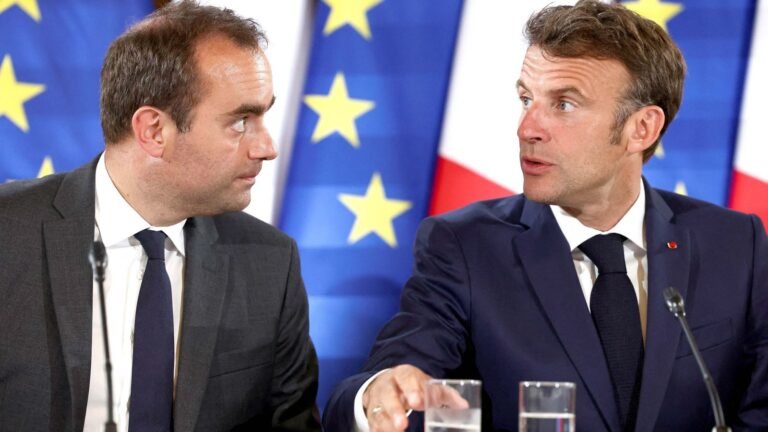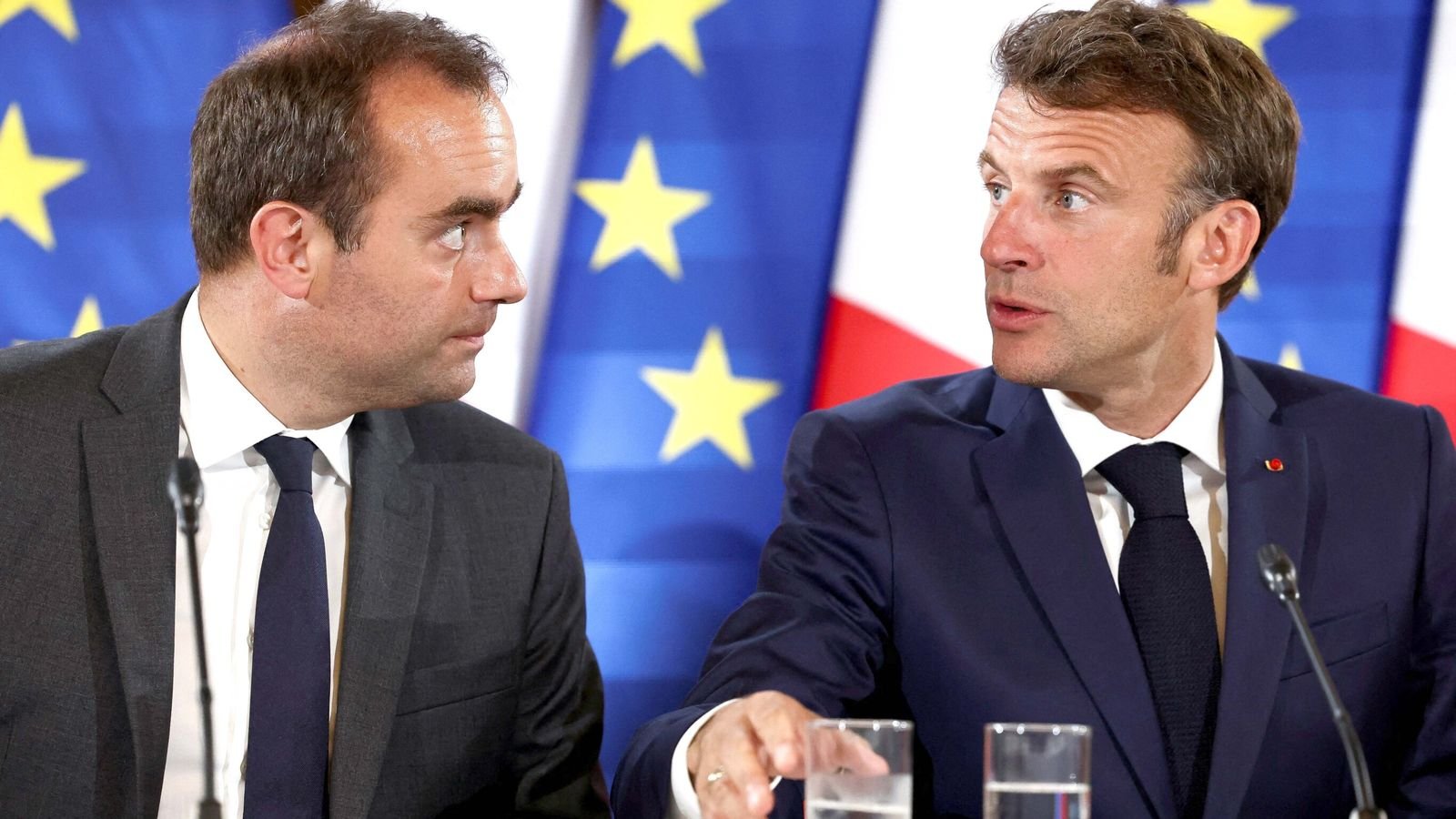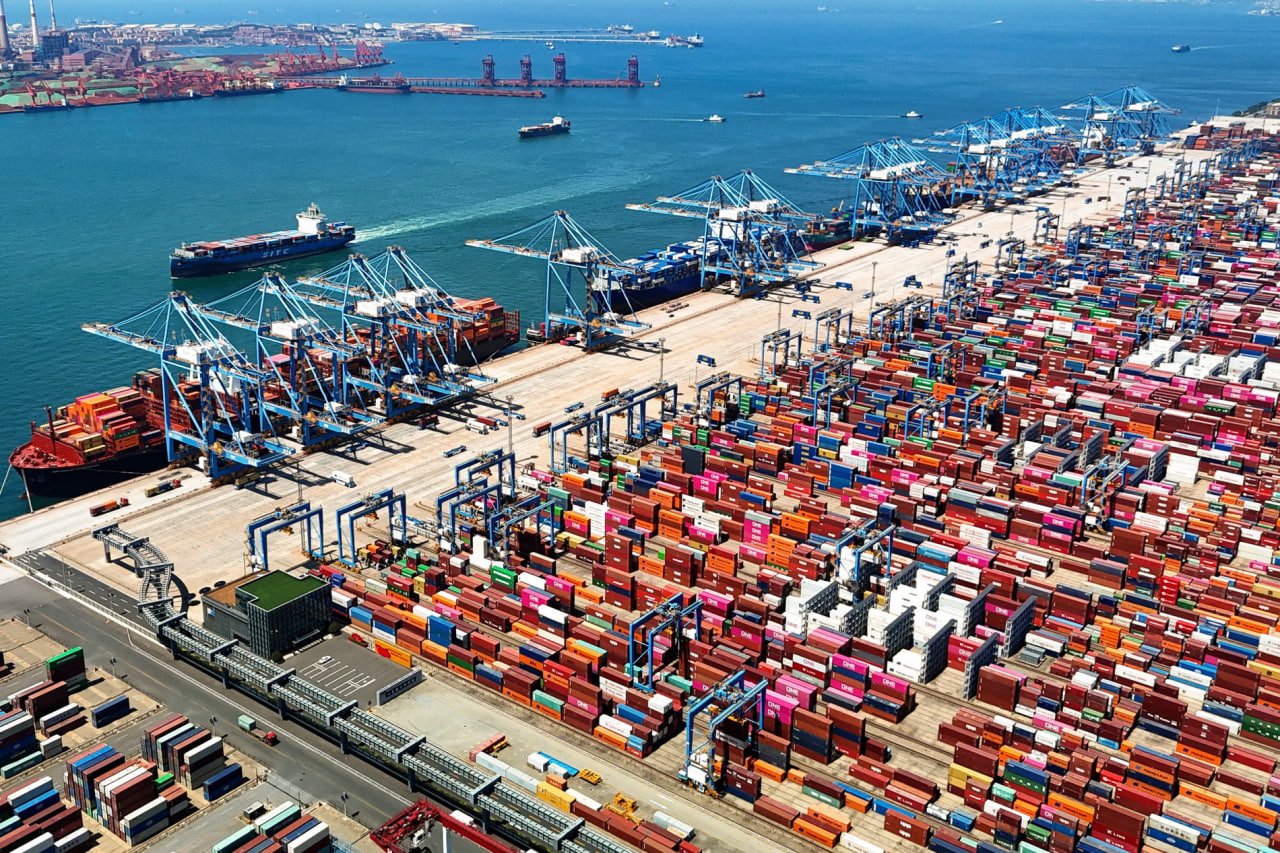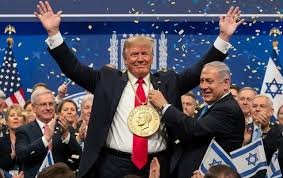U.S. President Donald Trump has announced plans to impose an additional 100% tariff on all Chinese goods, on top of the existing 30% duties already in place, marking a sharp escalation in U.S.-China trade tensions.
The move, set to take effect on November 1 or sooner, signals the most dramatic tariff increase since the nations’ brief truce earlier this year.
“The United States of America will impose a Tariff of 100% on China, over and above any Tariff that they are currently paying,”
Trump declared Friday on Truth Social. He added that “on November 1st, we will impose Export Controls on any and all critical software,” expanding the confrontation beyond goods to digital technologies vital for global trade.
The announcement triggered an immediate selloff across Wall Street as investors reacted to the prospect of a renewed trade war.
The U.S. stock market responded negatively to the news. The Dow Jones Industrial Average dropped 878 points, or 1.9%, while the S&P 500 slid 2.7%, and the Nasdaq plunged 3.5%, wiping billions from market value in a single session.
Market participants recalled a similar episode earlier in the year when tariffs on Chinese goods soared to an effective 145%, causing panic among manufacturers and tech companies.
While Trump has a history of threatening punitive measures without full follow-through, investors remain wary given his unpredictable trade approach.
Trump’s new tariffs come amid growing strain between the world’s two largest economies. The U.S. relies on China for hundreds of billions of dollars in imported goods, while China remains one of America’s biggest export destinations. Although Mexico recently overtook China as the top source of U.S. imports, the two superpowers’ economic ties remain deeply intertwined.
In May, both countries had moved to de-escalate trade tensions, reducing tariffs, China cut levies on U.S. exports from 125% to 10%, while Washington lowered its rate from 145% to 30%. That agreement now appears to be unraveling as both sides accuse the other of violating commitments.
At the center of the latest flare-up lies Beijing’s decision to tighten export controls on rare earth materials essential to electronics and defense manufacturing. Trump’s administration views this as a direct threat to American technological independence, particularly in sectors reliant on rare earth magnets.
In response, Trump called off a planned meeting with Chinese President Xi Jinping that was scheduled for later this month in South Korea. His cancellation underscores a deeper strategic rift that extends beyond trade into technological dominance and resource control.
The White House has also announced forthcoming export controls on “critical software,” a move expected to affect AI, cybersecurity, and semiconductor industries. Earlier this year, Washington briefly restricted sales of U.S. technology to China, including Nvidia’s high-end AI chips, though many of those measures were later relaxed.
More recently, the administration revealed plans to impose new fees on goods shipped via Chinese-owned or -operated vessels, a measure China swiftly matched with tariffs on American ships effective Friday. Trump’s assertion that Chinese trade “hostility came out of nowhere” contrasts sharply with months of tit-for-tat economic actions that have steadily eroded trust between Washington and Beijing.
The proposed 100% tariff could act as an effective embargo, driving up costs for American consumers and businesses while destabilizing supply chains that depend on Chinese manufacturing. Trump’s partial exemption for electronics, which are now subject to only 20% tariffs, hints at awareness of the potential domestic fallout.
Still, his move reflects a broader political strategy to appear tough on China ahead of the election season. With global markets already jittery and corporate executives warning of inflationary consequences, investors are bracing for another turbulent period in the world’s largest trading relationship.























